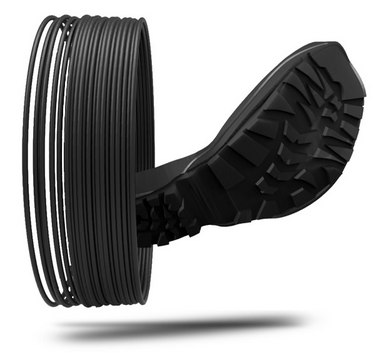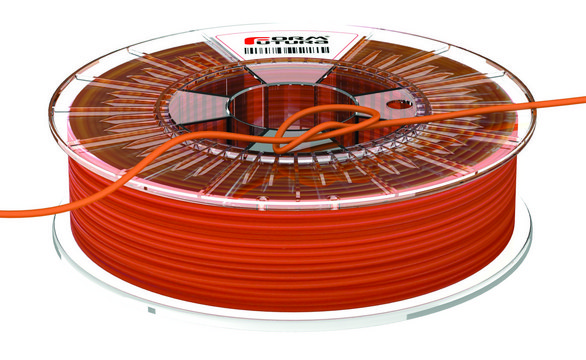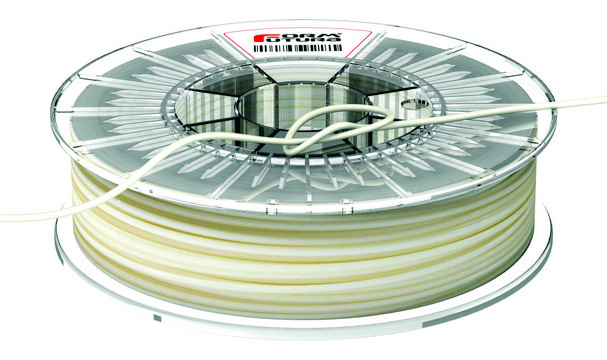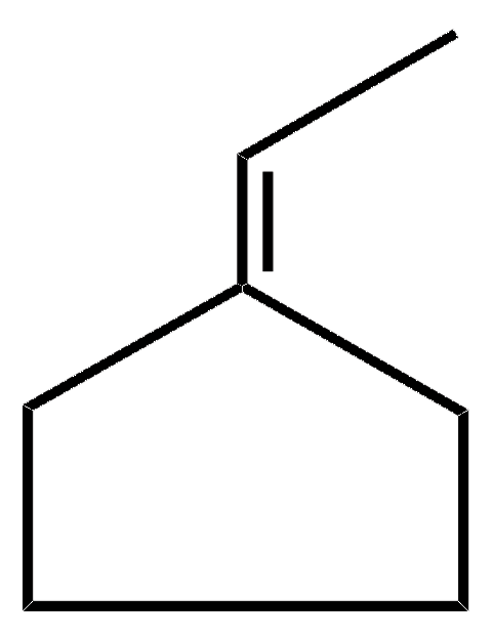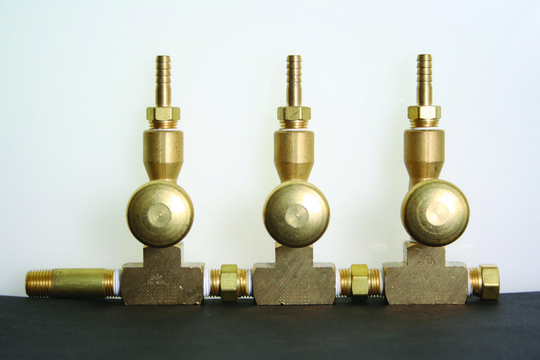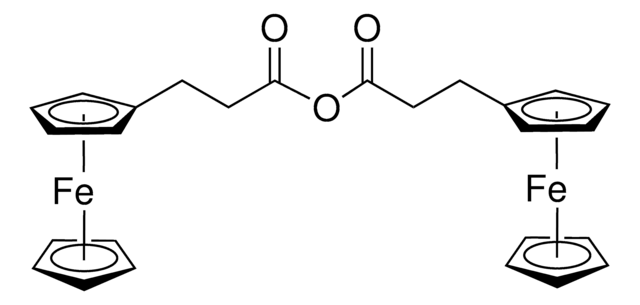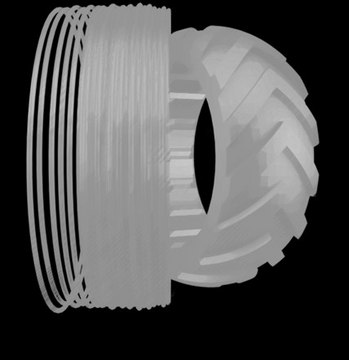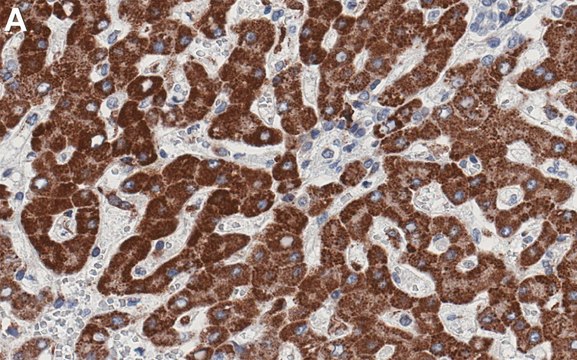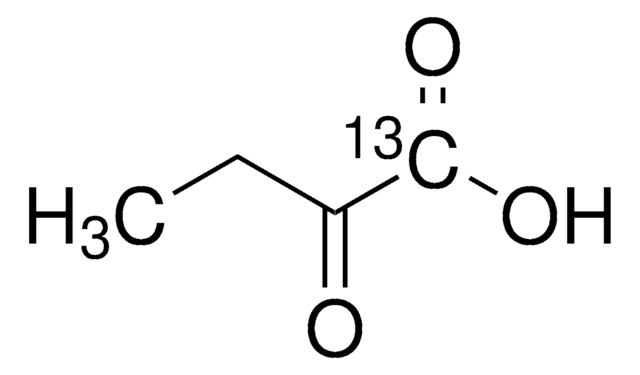900986
Flexible Thermoplastic Copolyester (TPC) Printing Filament
1.75 mm, natural
Synonym(s):
FlexiFil™, TPC filament
About This Item
Recommended Products
description
Filament diameter: 1.75 ± 0.05 mm
Filament roundness: >= 95%
Melt flow rate: 39 cc/10 min
Melt temperature: ±180 °C
Print temperature: ±220-260 °C
Specific gravity: 1.14 g/cc
Spool Hub Diameter: 52 mm
Spool Size (D x H): 200 mm x 55 mm
Viscat softening temperature: ±90 °C
form
solid (filament)
hardness
45D (, Shore D Hardness)
color
beige, natural
natural
Looking for similar products? Visit Product Comparison Guide
General description
Application
Legal Information
Storage Class Code
11 - Combustible Solids
WGK
WGK 3
Flash Point(F)
Not applicable
Flash Point(C)
Not applicable
Regulatory Information
Choose from one of the most recent versions:
Certificates of Analysis (COA)
It looks like we've run into a problem, but you can still download Certificates of Analysis from our Documents section.
If you need assistance, please contact Customer Support.
Already Own This Product?
Find documentation for the products that you have recently purchased in the Document Library.
Our team of scientists has experience in all areas of research including Life Science, Material Science, Chemical Synthesis, Chromatography, Analytical and many others.
Contact Technical Service